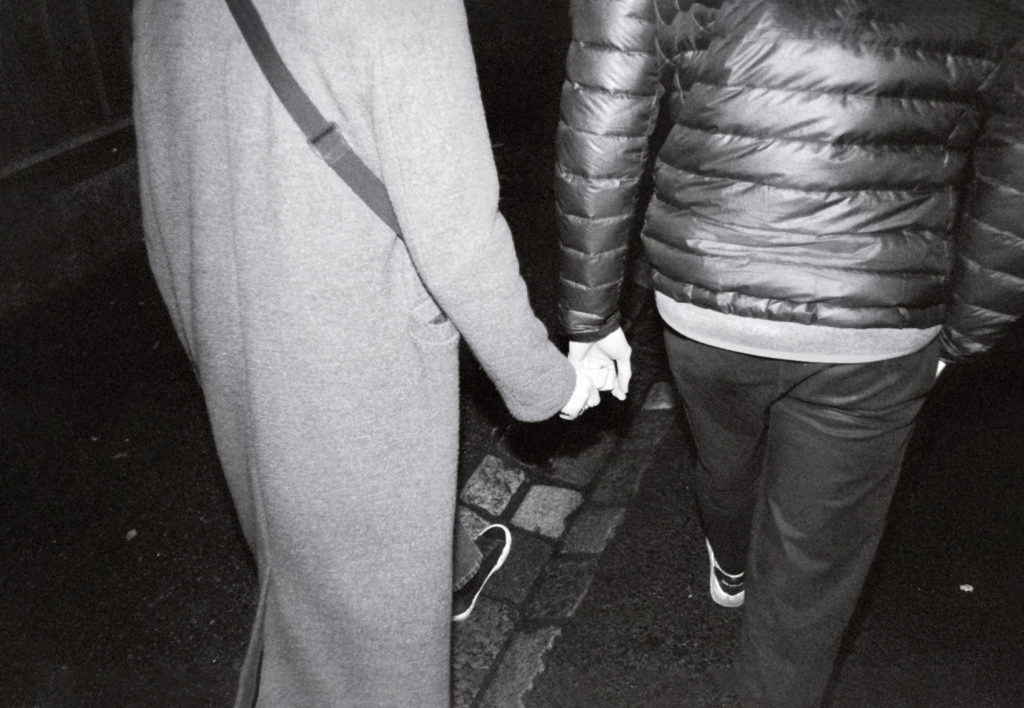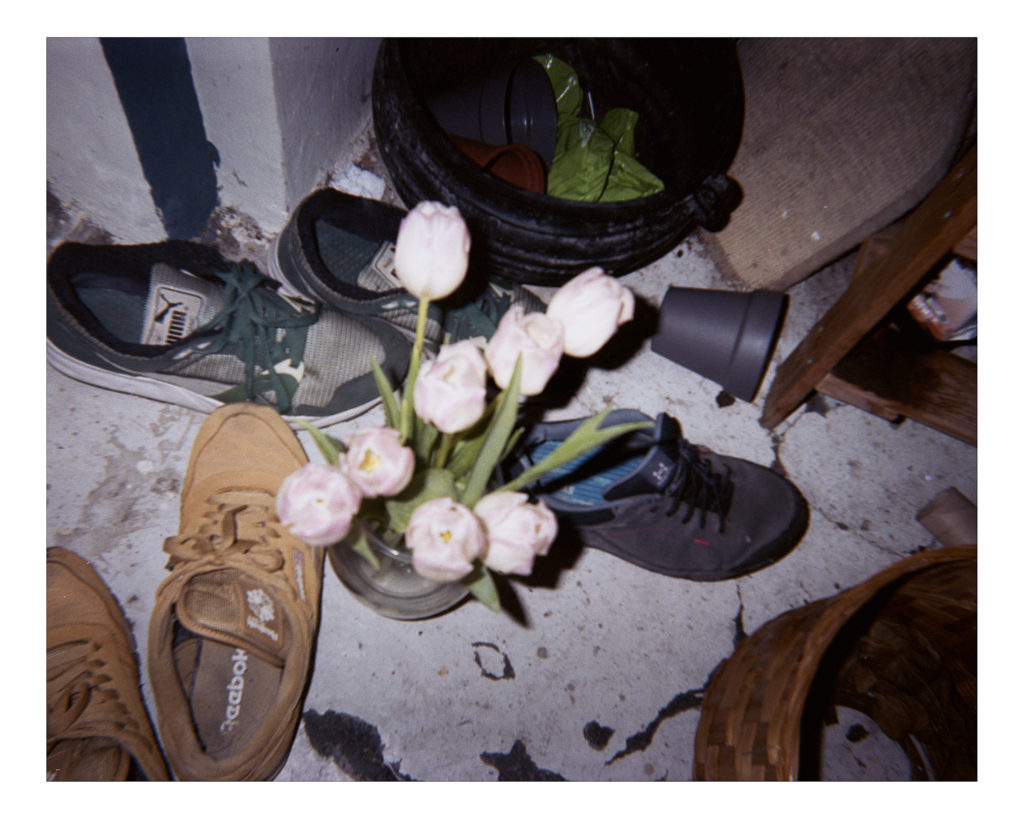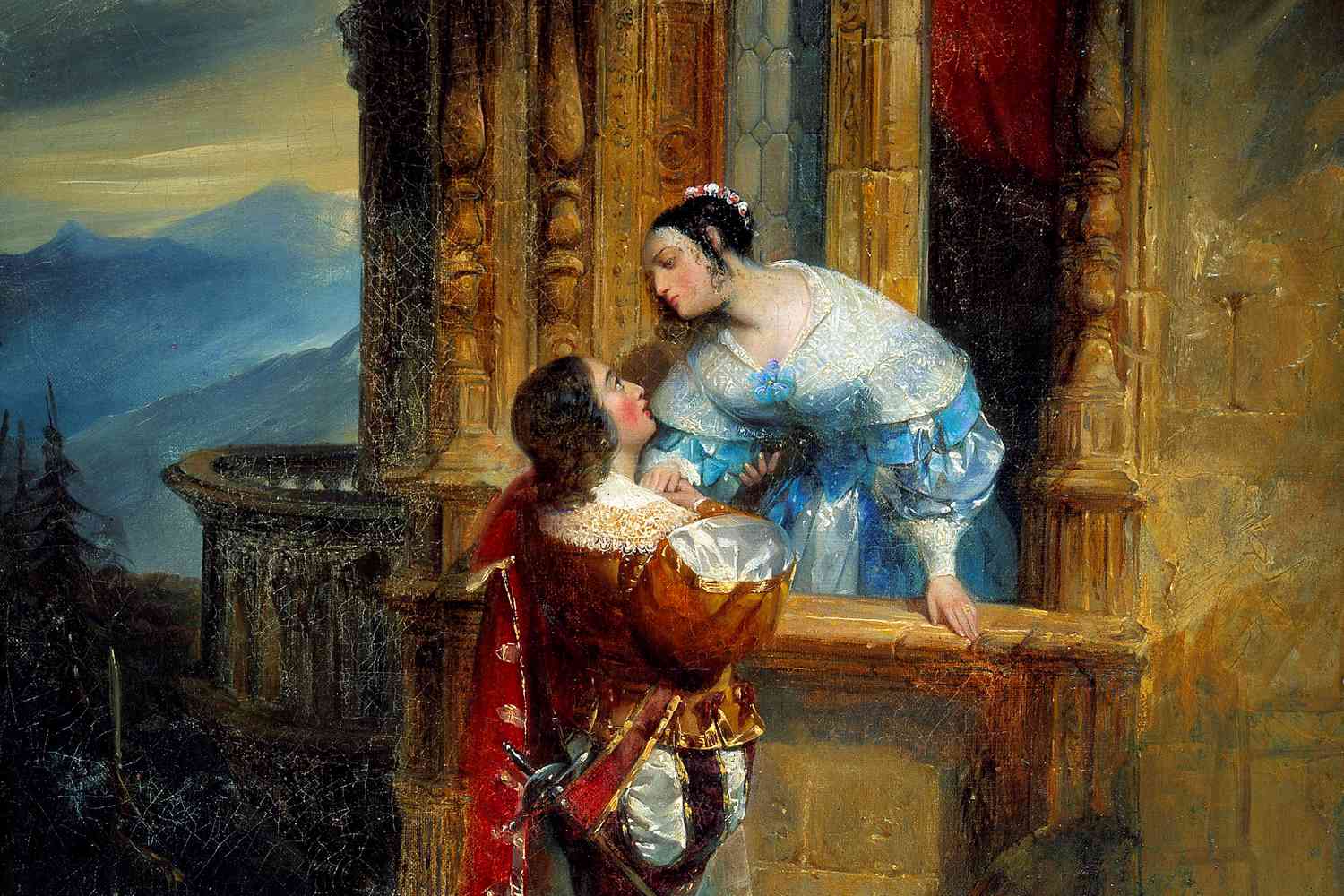“Cliché” is a common term in everyday discussions of contemporary and popular culture. It is easy to imagine a group of friends discussing a film they have just seen and commenting on the clichés in it. They might say that the romance plot between the two main characters or the fighting scene in which the hero wins was “so clichéd”. But what exactly do they mean by this?
Av Tijana Przulj
The Oxford English Dictionary (OED) defines cliché as “a phrase or expression regarded as unoriginal or trite due to overuse”. The definition may seem simple, but it is in fact difficult to determine what frequency of use constitutes overuse. In the introduction to his Guide to the Use and Abuse of Cliches, Orin Hargraves notes that even though there does not seem to be a consensus regarding which expressions are considered clichés, the frequency of use is typically mentioned as a determining factor. Against this, he finds that it is often the misuse, rather than the frequency of use, which determines whether an expression is considered a cliché. While some words and expressions are deemed clichés simply because a large number of people (or a small number of influential people) find them irritating, some idioms (e.g. bottom line) achieve the status of standalone dictionary entries, after having been deemed clichés previously, simply because no better way of expressing the same idea has been found (Hargraves 2014). In their article on the cliché in the reading process, Ruth Amossy and Terese Lyons state that expressions such as «brave as a lion,» «gentle as a lamb,» and «white as snow» were once considered canonical examples of tropes in classical rhetoric, and did not become clichés until the 19th century (Amossy and Lyons 1982).
The research indicates that defining what constitutes a cliché is challenging. The term seems to be a designation based on ambiguous factors, such as frequency of use (overuse), the adequacy of use, and the public perception, the last often being based on the tastes of either the general population or an influential minority.

Clichés serve a purpose
Some concepts are, it would seem, more efficiently expressed through the use of clichés. Hargraves states that speakers use clichés to smooth the flow of speech, while writers use them to connect with their readers on an informal level (Hargraves 2014).
In genre literature, formulaic structure, genre tropes, and archetypal characters are referred to as genre conventions, and are often used to communicate the plot more efficiently, as the readers will recognize them and automatically attach certain meanings to them. Conventions are not in themselves clichés, but their concrete instances can be recognized as such. Catherine Roach, professor of gender and culture studies at the University of Alabama, researched a typical example of genre literature, romance novels. She identified nine essential elements of the romance plot:
“(1) IT IS HARD TO BE ALONE, especially (2) as a WOMAN IN A MAN’S WORLD, but (3) romance helps as a RELIGION OF LOVE, even though it involves (4) HARD WORK and (5) RISK, because it leads to (6) HEALING, (7) GREAT SEX, and (8) HAPPINESS, and it (9) LEVELS THE PLAYING FIELD for women.” – (Roach 2016, 21)
If we apply Roach’s model to romance films such as Falling Inn Love, Christmas Inheritance or Christmas Around the Corner, we can see an example of a particular incarnation of the nine elements that has become a cliché due to overuse. (1) A girl in a high-powered position (a lawyer or a marketer) works day and night, (2) to achieve the same results as men who work less, (3) until she accidentally finds herself in a small town where she starts falling in love with a man (a diner-owner, a handy man or a bookstore owner). (4) and (5) She then goes back to the city and realizes she is willing to risk her way of life in order to follow her heart (6) which leads her to realize how toxic her previous life has been (7– often only implied) and (8) and how happy she is going to be with her new love. (9) She then either decides on a new career which will give her more free time and equality (co-owner of the books shop, for example), or in the process of following her heart achieves something amazing – for example saving a landmark important to the love interest from being torn down by a corporation – and impresses her previous bosses so much she in turn receives more freedom and power to decide over her own work as a result.
If we apply the same model to romance novels, and take those written by Amanda Quick as an example (The River Knows, Garden of Lies – to name a few), a cliché typical of her historical fiction is revealed. (1) Even though her female protagonists are strong women, they need a partner, especially (2) when they stumble upon a mystery and are threatened by dangerous men. (3) As their romance develops, true love conquers all, even though it requires (4) opening up to one another and (5) risking getting both emotionally and physically hurt because of their secrets and mutual involvement, and it leads to (6) resolving both the mystery at hand and getting emotional fulfilment, (7) great sex described in typically two and a half scenes, and (8) happiness. (9) It usually “elevates” the female protagonist’s status from a widow or spinster to the wife of a rich man.
Clichés have a bad reputation in both writing and film-making. If the conventions of the romance genre can easily produce clichés, it raises the question of why the genre is still successful. While studying romance literature, Roach has come to the conclusion that:
“[…] romance novels are popular because they do deep and complicated work for the (mostly) women who read them. There is a reparative aspect to this work, to try to make up for the costs to a woman’s psyche of living in a culture that is still a man’s world. There is a transgressive and empowering nature to this work, often one of raucous fun and sassy sisterhood, a refusal to be limited or lessened by narrow gender roles and toxic ambivalences about women’s sexuality.” – (Roach 2016, 11)
This might lie at the core of why some of us are attracted to romance literature and romantic films despite the clichés.

There is much to be said for the role of literature and popular culture in bringing about and helping people process societal change. It is sometimes not the bang of sudden revolution that brings change, but a gradual shift in the way life is understood. Janice Radway studied the romance genre from the point of view of reader-response criticism and published her findings in 1984. She conducted a series of interviews with female romance readers – the Smithton women – and found that the reasons behind reading romance are quite complex, including the need these women had for an escape from their daily routines as wives and mothers. Romance novels are seen as a part of the struggle for the right to define and control female sexuality and resist the expectations of patriarchy (Radway 1991).
It might seem paradoxical that the same genre many think relies on stereotypes about women and their need for a firm romantic heterosexual bond, should serve as a way to resist the demands of traditional female roles. However, not all forms of resistance are equally suited to all situations. The women Radway talked to did not consider themselves trapped in their roles, but rather in need of a short respite that romance novels could provide. Whether or not these novels had a profound impact in helping these women fulfill their needs in real life is a difficult question. More so if one also starts pondering about what the role of literature should be – provide amusement, inspire change, or both? Romance novels have changed over the years and become more inclusive of other sexual orientations and lifestyles, and the genre’s readership has always been much more diverse than the group Radway studied. One must be cautious, therefore, when trying to draw conclusions about the reasons behind why people read romance novels, and the reasons why a genre perceived by many as cliché-ridden is still successful, maybe even gaining in popularity.
Are clichés even clichés?
The short answer would be – not necessarily. The long one takes us to James MacDowell and his book Happy Endings in Hollywood Cinema: Cliché, Convention and the Final Couple. MacDowell looked into the concept of “happy endings” and found that, while many film critics have built their diverse arguments on the claim that a “happy ending” is a ubiquitous and common cliché in Hollywood, few, if any, have actually tested the claim itself. The quality of a film’s ending, if not the entire film, has often been judged based on how well the film subverts the clichéd “happy ending”. However, MacDowell makes the distinction between the “happy ending”, as the much-hated prototypical cliché, and a “happy ending”, as an actualized instance of the prototype. The actualized instances vary from one another significantly, and what is sometimes considered to be a subversion of the “happy ending” can likewise be seen as just another actualization, a “happy ending”. The degree to which these actualizations can vary from one another casts doubt on whether the concept is a cliché at all, or just a flexible convention, like many other better accepted ones (MacDowell 2013).
Applying this to our previous “hallmark” example, we can see that there are indeed variations in these films’ “happy endings”. While the girl gets the guy in all of them, the ending often includes some sort of professional satisfaction (a change of profession or a change in the career direction), a sense of family which the protagonist did not previously have, and/or a sense of achievement through helping others (a homeless community or struggling business), which would suggest a degree of flexibility in a convention deemed an inflexible cliché. This could mean that while being conventional, actual happy endings are not necessarily clichés.

Subverted conventions or “put a spin on it”
As shown thus far, the cliché often serves a concrete purpose in making communication more efficient, and what is commonly known as a cliché need not always actually be one. Nevertheless, the negative reputation of the cliché continues to rub off on the entire romance genre.
Some writers, like Callie Hutton, avoid turning particular conventions into clichés by subverting expectations. In her novel The Elusive Wife, instead of following the historical romance convention of the timid virgin bride who wins the heart of her husband through virtue, Hutton’s female protagonist is strong and self-confident, and instead bends the male protagonist to her will after he weds her in an inebriated state, leaves, meets her again in London and falls in love with her, not realising who she is. The novel is still recognisably a romance, but it adds a fresh spin to a tired cliché.
Other writers, like Nora Roberts, are said to have made significant progress in bringing the genre into the 21st century. Meg Cabot, another novelist, says of Roberts’ female protagonists: “Her heroines all had jobs. […]. They’re searching for themselves, not someone else. These aren’t women obsessed with getting married. They’re totally kick ass” (Cadwalladr 2011). Roberts herself states that one of the common conventions of romance – a man in a position of power treating a woman he likes badly because he likes her, and because he either wants to “protect” her from his past or to protect himself from getting his heart broken – simply does not work for her (Cadwalladr 2011).
Even though Hutton and Roberts can be seen as innovators from a certain perspective and to a certain extent, that is not to say that clichés are completely absent from their writing. Similarly, the clichéd plots in Quick’s writing do not altogether exclude any originality. Innovation seems to be present in the genre as a whole, and a question worth asking is whether the genre’s reputation as clichéd may have contributed to a rise in creativity and originality among its writers, as a way to avoid the bad reputation that follows clichés.
To cliché or not to cliché?
Clichés perform numerous functions whose effectiveness ultimately depends both on the sender (writer or creator) and the recipient (reader or viewer).
The cliché, with its «déjà-vu» effect, cannot exist outside of the reading process: it must always be recognized by the reader. – (Amossy and Lyons 1982, 34)
According to Amossy and Lyons, clichés facilitate and speed reading, engage intertextual operations, and promote critical awareness or evaluation, among other things. Occasionally, a cliché will be used deliberately, in order to set the tone and mode of a text or film (Cresswell 2008).
The evaluation of whether something is a cliché or not seems to be subjective and contextual, but clichés can serve a purpose greater than simply being the product of the writer’s own laziness and reliance on stereotypes, which is how they are often perceived. It is to a large degree up to the reader/viewer to determine how a cliché is to be understood – whether as a cliché or a well-executed instance of a convention.
In short, the cliché does not seem to be a genuine white elephant. It takes up significant space, but it is far from useless. What I ask of my readers is to reconsider clichés by looking at their context and appropriateness, the way they may have been intended, and whether there is actually another way to convey the same underlying concept/feeling, before condemning the entire work to the bottom shelf to collect dust for all eternity as punishment for its use of clichés.
Bibliography
Amossy, Ruth and Terese Lyons. 1982. “The Cliché in the Reading Process”. In SubStance, Vol. 11, No. 2, Issue 35. 34-45. Baltimore: The Johns Hopkins University Press. https://www.jstor.org/stable/3684023
Cadwalladr, Carole. 2011. “Nora Roberts: The woman who rewrote the rules of romantic fiction”. The Guardian (20 November). www.theguardian.com/books/2011/nov/20/nora-roberts-interview-romance-fiction
Cresswell, Julia. 2008. “Let’s Hear It for the Cliché.” British Journalism Review 19, no. 4 (December). 57–61. doi:10.1177/0956474808100866.
Hargraves, Orin. 2014. “What is a cliché?”. In It’s Been Said Before: A Guide to the Use and Abuse of Cliches. Oxford: Oxford University Press. http://ebookcentral.proquest.com/lib/bergen-ebooks/detail.action?docID=1707879
MacDowell, James. 2013. “Introduction: The ‘happy ending’: the making of a reputation”. In Happy Endings in Hollywood Cinema: Cliche, Convention and the Final Couple. Edinburgh: Edinburgh University Press. https://ebookcentral-proquest-com.pva.uib.no/lib/bergen-ebooks/detail.action?docID=1353385
Radway, Janice A. 1991. “Writing Reading the Romance”. In Reading the Romance: Women, Patriarchy, and Popular Literature. Chapel Hill: University of North Carolina Press. http://ebookcentral.proquest.com/lib/bergen-ebooks/detail.action?docID=880363
Roach, Catherine M. 2016. Happily Ever After: The Romance Story in Popular Culture. Bloomington: Indiana University Press. https://ebookcentral-proquest-com.pva.uib.no/lib/bergen-ebooks/detail.action?docID=4426689
Tijana Przulj studerer til en mastergrad i engelsk litteratur og kultur ved Universitetet i Bergen, og har bred arbeidserfaring bestående av bla. teknisk kundestøtte, kundearbeid og web design. Hun har tatt kreativ webdesign ved HVL og årsstudium i bedriftsøkonomi ved UiT. Høsten 2020 jobber hun som undervisningsassistent ved IF, ved siden av studiene. Przulj er svært interessert akademia, kulturliv og forlagsbransjen.

